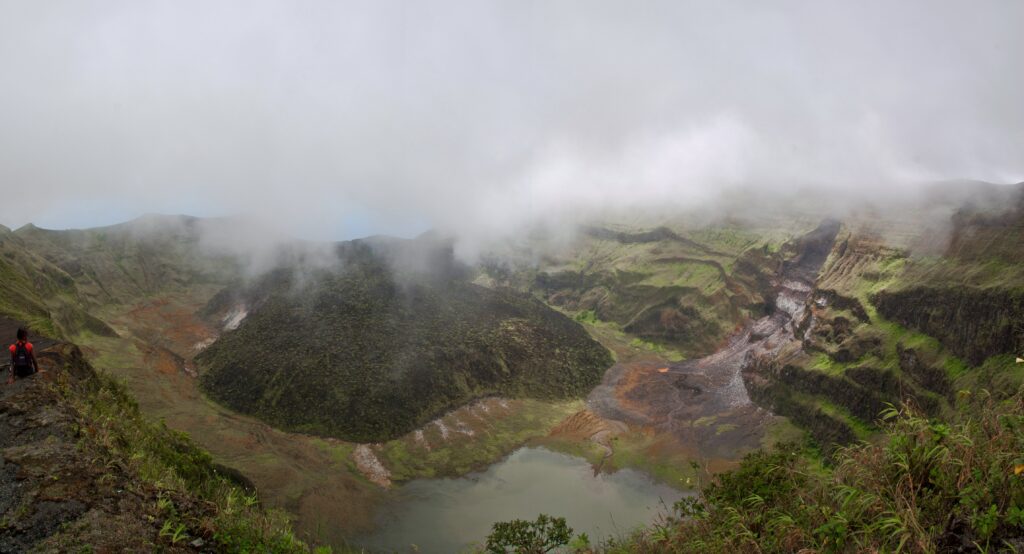
The University of the West Indies’ (UWI) Seismic Research Centre is discouraging visits to St Vincent’s La Soufrière volcano amid increased reports of activity today (December 29).
Alarm was triggered in the Caribbean island after residents observed plumes of ‘smoke and ash’ rising from the dormant volcano.
However, in its statement, the UWI-SRC noted it was monitoring the situation in collaboration with local authorities.
Officials at the National Emergency Management Organisation (NEMO) were notified on Sunday of a hotspot in the middle of La Soufrière’s crater by the US-based National Aeronautics and Space Administration (NASA).
Today, NEMO confirmed there is an emission of magma and that an explosion of a black mass came from the pre-existing lake in the eastern crater floor.
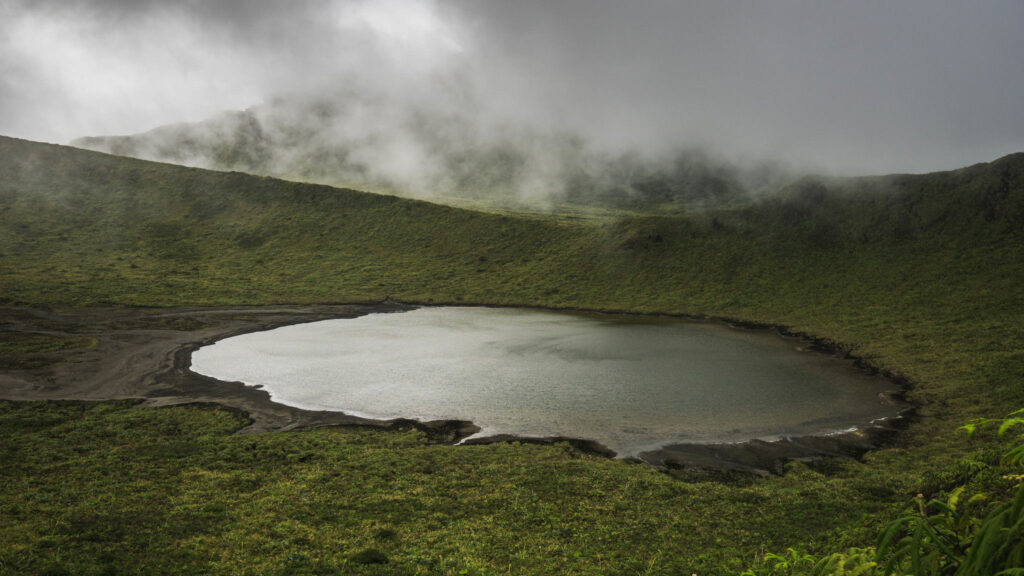
Head seismologist and St Augustine professor Richard Robertson further noted that the black mass is a hazard exclusive to the crater.
In a televised address to the nation, St Vincent Prime Minister Ralph Gonsalves noted that the UWI-SRC has observed heightened activity from La Soufrière over the last two months.
“Today, a team from the Seismic Monitoring Unit visited the crater and reported the presence of a satellite dome southeast of the existing dome. There are strong gas emissions and the small crater lake [has evaporated],” he explained.
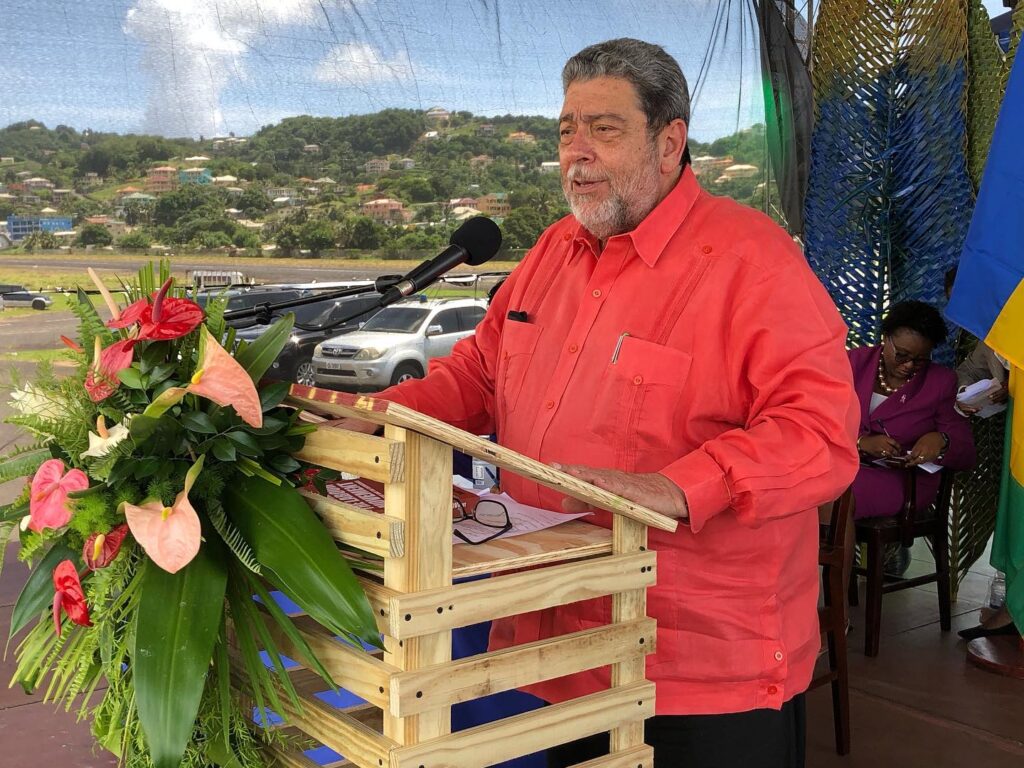
Gonsalves, in his statement, categorised the activity as an effusive eruption and urged all Vincentians to remain calm.
The St Vincent prime minister said in light of the heightened vulcanicity of La Soufrière, the government had decided to raise the volcano alert level to orange.
Orange alerts are placed on volcanos when they exhibit “escalating unrest with increased potential of eruption with an albeit uncertain timeframe”. The orange alert could also signify that an eruption is under way with no or minor volcanic-ash emissions.
“The effusive eruptions may continue and it may end up as an explosive eruption,” Gonsalves warned.
Residents living close to the volcano, especially in communities from Fancy to Georgetown, have been told to make necessary arrangements to evacuate in the event the order is given. At the moment, no evacuation order is currently being issued.
All recreational activities, including the popular hiking trails, have been cancelled with immediate effect.

In the meantime, Gonsalves has requested the immediate assistance of the UWI-SRC, which has pledged the expertise of three scientists. For his part, National Security Minister in Trinidad and Tobago Nicholas Stuart has granted clearance for the scientists to leave the twin-island republic amid the closure of its international borders.
Additionally, the Barbados-based Regional Security System (RSS) has been placed on standby to offer assistance where needed.
Gonsalves indicated that a meeting of the National Emergency Council would be convened Tuesday evening as St Vincent leaves nothing to chance.
“Among the things, we [will] have to create an inventory of both public and private vehicles to move persons from the areas just in case. We have to identify buildings, guesthouses if we have to evacuate persons. We have to do so in safe areas, clearly,” he said.
“In the meantime, we remain alert. This is not a time for lamentation, this is a time for us to draw on our inner strength and resilience. With all of us working together, I’m absolutely sure we can meet this challenge successfully. Let’s hope for the best and we’re planning for if the worst takes place,” the prime minister remarked.
La Soufrière, towering 1,234 metres above the Caribbean Sea, forms part of the Leeward Islands Volcanic Arc.
As one of the most studied volcanoes in the region, La Soufrière’s last major eruption was in 1979. It has consistently erupted with tremendous force and regional impact in 1718, 1812 and between 1902 and 1903.
The volcano still looms menacingly over the conciousness of elderly Vincentians, who recently recalled their experiences in 1979 with NEMO.
See video below:

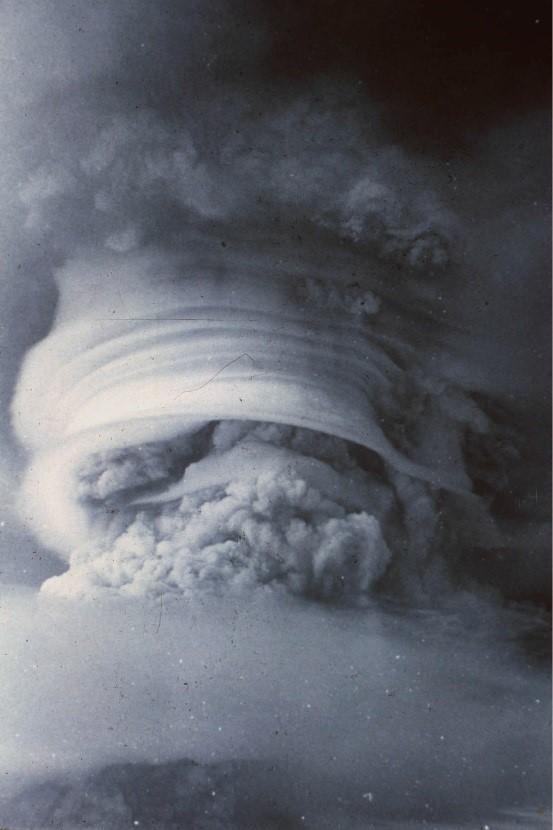


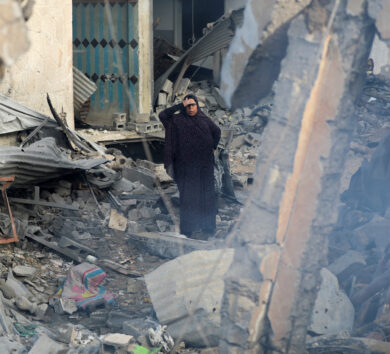
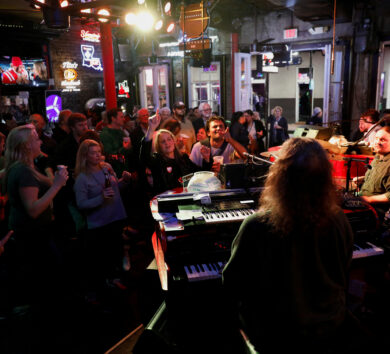

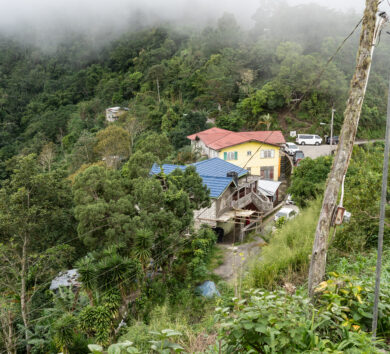

Comments